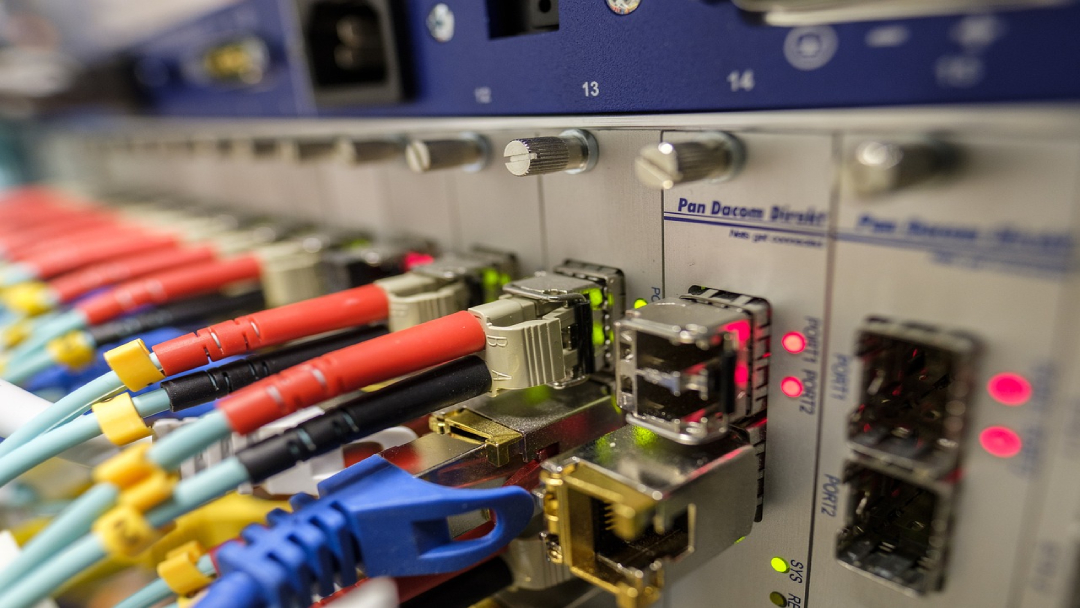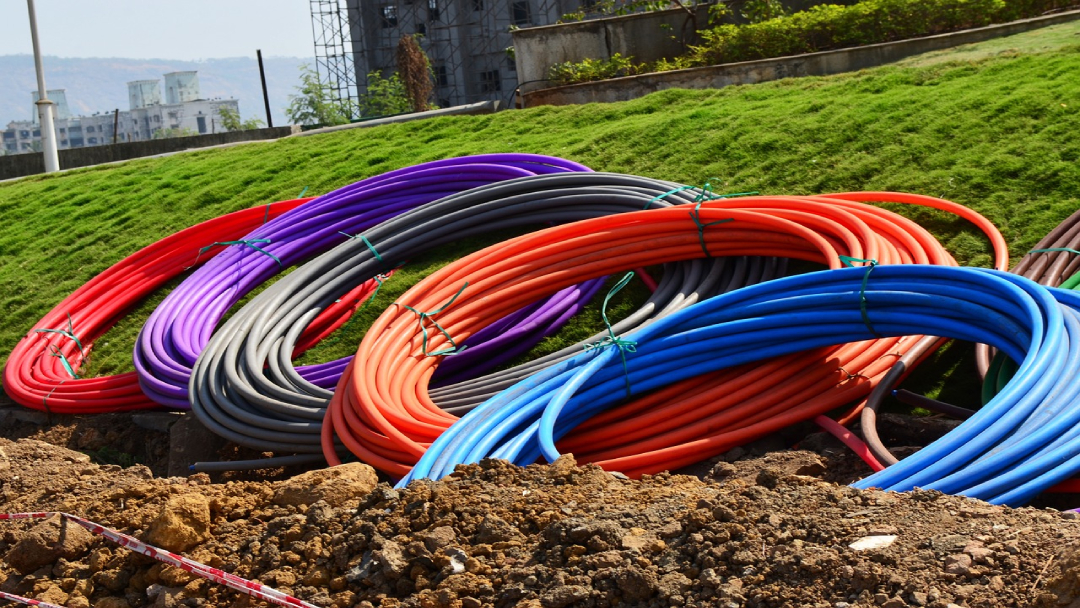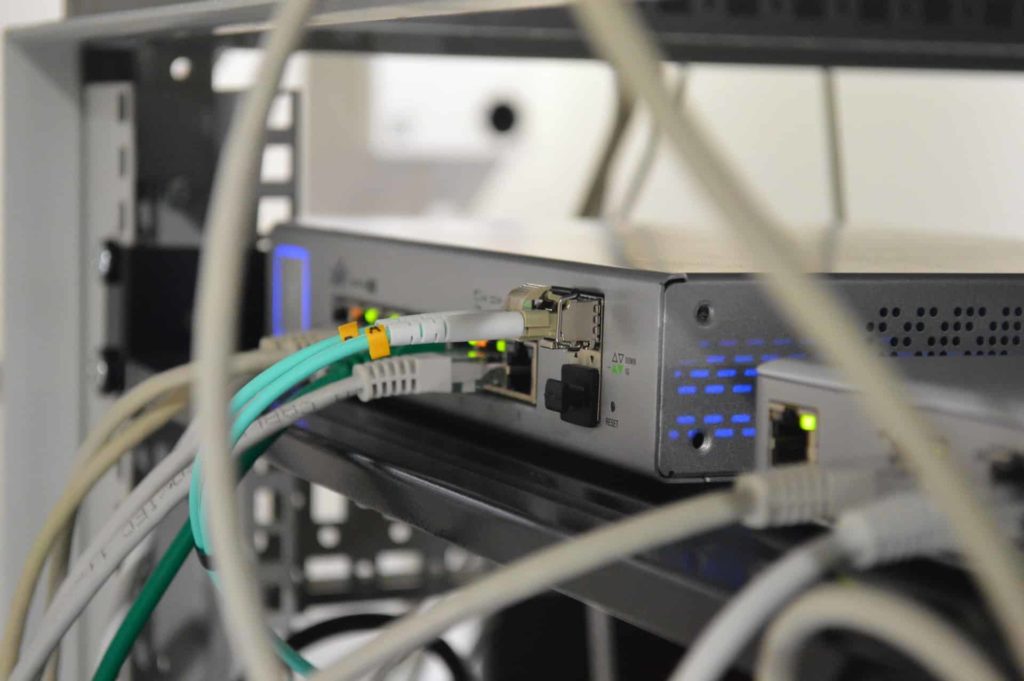Like most people, you believe fiber optics play a vital role in the future of 5G and broadband internet. Fiber optic technology can provide fast speeds of up to 1 Gbps. However, despite this fact, there are many people who are unfamiliar with technology.
What’s more, they need to be made aware of the infrastructure that’s necessary to set up this critical type of cabling.
That’s why we created this guide for you. In it, we’ll be exploring the essential nature of setting up a fiber optic infrastructure. We’ll also cover much of the consideration you’ll need to build them.
What Exactly Are Fiber Optics?
Fiber optics are one of the many different ways to deliver a fast broadband connection. So how exactly does it work? For starters, fiber optics will use specialized glass fibers that are essentially the size of a piece of human hair to transmit data.
These glass fibers will take an electric signal that contains data. Then, it will convert it to light. This allows it to travel on the fiber hairs. Fiber internet can exceed the data transmission speeds of many industry standards.
Currently, fiber optics are only available in a handful of areas. However, that’s expected to change soon.
Many telecom leaders have announced that they plan to expand their fiber optic infrastructure. If you want to educate yourself more on this vital technology, you can do more research through this resource here.
What Is a Fiber Optic Infrastructure?
Fiber optic infrastructure is a network of cables transmitting data from one place to another. There can be multiple types of fiber optic infrastructures. The most expensive connections provide fiber optics directly to your home, business, or organization.
However, it’s more common to see the cheap option. This is sometimes referred to as fiber to the street. Fiber is delivered to a specific road.
Then, the company uses copper cables to reach home within one thousand feet of whatever premises require fiber optics. It’s more affordable because it doesn’t require some of the costly infrastructure that’s needed to get pure fiber optics.
Related: Insertion Loss: What Is It and How to Measure It
How to Build a Fiber Optic Infrastructure
In this section, we will cover the various consideration your should take when planning and building your fiber optic infrastructure.
However, before you build a fiber optic infrastructure, you must find a suitable cable installer. Make sure you ask these ten questions before you hire any installer.

1. Aerial or Underground?
First, there are two ways you can install fiber optic infrastructure. First, there’s the aerial method which involves lining fiber cable through poles. Second, you can bury fiber optic cables, either underground or underwater. Both of these types of installations present unique challenges.
With aerial fiber optics, you’re looking at a costly pole installation. Moreover, you also have to worry about local policy and the surrounding area’s geography. Local regulations will determine whether or not you can put a pole up.
And certain areas, like lakes, won’t be accessible. Underground fiber requires a lot more planning and equipment. If you aren’t careful with planning, you could dig up an electric wire and put workers at risk.
Related: Best Base-8 Fiber Optic Cable Connectors
2. Manpower
Installing fiber optic infrastructure takes a lot of personnel to do promptly. For starters, you need engineers to help you plan the project. Then, you need licensed individuals to run any machinery required to put up poles, bury cables, and test the optics.
The wiring will need to be completed by experienced electricians. Be careful around providers that need more people for the job. Otherwise, you will need to contact the workout.
3. Financing
Installing a fiber optic infrastructure will be a long and costly job. As such, any financing that you can secure will help you. The fantastic news is that the federal government is giving out many incentives to expand digital infrastructure.
For example, the FCC Connect America Fund provides ISPs with the funds to install fiber optics. The one caveat is that fiber optics must be installed in rural areas since these are traditionally underserved markets.
How to Find the Best Fiber Optics Installer
There are a lot of subpar fiber optic installers out there. So how do you ensure that you avoid them? First, ensure they’re appropriately certified to be doing the job. The last thing that you want is to hire an uncertified fiber installer.
Next, make sure that you find out how they approach a new project. Ideally, you want someone who takes a holistic fiber optic cable installation approach.
This means not only looking at your needs but also your location. From there, they can start planning the best possible solution for your business. If a fiber installer needs more planning, that should be considered a potential red flag.
Want a fiber optics installer that has the know-how to set up a comprehensive optic infrastructure? Contact C&C Technology, and we’ll help you find the perfect option.

The Importance of Fiber Optic Infrastructure
In the past, broadband internet speeds were a luxury. However, those days have quickly come and gone. Now broadband is essential to living in the modern world. As more people rely on broadband, the importance of establishing a fiber optic infrastructure will rise.
That’s why the Biden administration has already invested $100 billion into updating the nation’s digital infrastructure. If we don’t take the time to prepare this infrastructure actively, we’re going to fall far behind other countries.
So while it might represent a steep investment for vendors, the sooner they commit to fiber optic infrastructure, the better. It will be a necessary cost down the line, so it makes sense to benefit from it as soon as possible.
Related: Advances In Fiber Connectors Are Improving Optical Power Budget
Last Updated on April 10, 2023 by Josh Mahan




